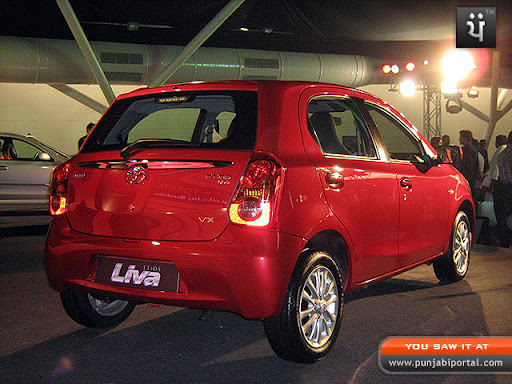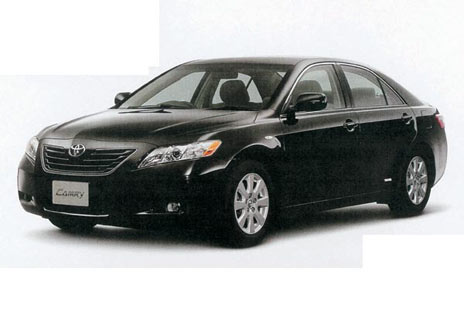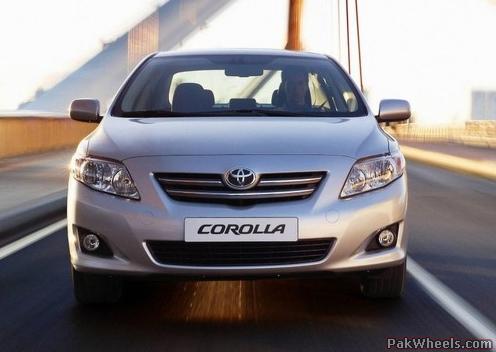Honda plant to employ 3,200
* Plant to make subcompacts in Mexico
* Honda is No. 5 in U.S. market; No. 3 in Japan (Rewrites first three paragraphs; adds Honda executive comment, yen exchange rate, analyst quotes)
By Bernie Woodall and Ben Klayman
DETROIT, Aug 12 (Reuters) - Honda Motor Co (7267.T) (HMC.N) will build a new auto assembly plant in Mexico to contain costs and meet expected demand for small cars once the U.S. market returns to pre-recession levels.
The $800 million plant marks the second major investment in Mexico by a Japanese automaker in as many months at a time when the industry in Japan is suffering from a strong yen, uncertainty about energy supply, and disruption to auto parts delivery after the March earthquake.
Honda said the plant will open in 2014, with the capacity to produce 200,000 vehicles annually. It will employ 3,200 workers in the central Mexican state of Guanajuato, the same region where Mazda Motor Corp (7261.T) plans to build a new assembly plant. [ID:nL3E7HH0NH]
"It is a global industry and obviously North America is still an extremely important market not only to the domestic automakers but Honda and Toyota," said Mirko Mikelic, senior portfolio manager with Fifth Third Asset Management.
"There are still a lot of vehicles being sold (in the United States) and obviously some of the cheapest places to make parts or assemble vehicles is south of the border," he said.
Honda declined to say whether the production would add to the company's global capacity or displace production from Japan. It sells the Honda Fit, a subcompact imported from Japan, in the North American market.
The auto plant will be Honda's eighth in North America, and adds to its current production in Mexico of about 60,000 vehicles a year. Honda's North American production will rise to 1.83 million vehicles in 2014 from a current annual rate of 1.63 million, the company said.
The plant will meet the growing need for fuel-efficient subcompact vehicles made in North America for the region, American Honda President Tetsuo Iwamura said.
In 2010, 87 percent of Honda vehicles sold in the United States, Mexico and Canada, including its luxury brand Acura, were made in those three countries.
The move comes at a challenging time for Honda. Sales in its most important market, the United States, fell 10 percent this year, in part because of the impact of the March earthquake in Japan.
Honda also is dealing with recent bad news on the quality front as Consumer Reports recently gave the automaker's Civic a negative review and the automaker recalled 2.5 million cars, small SUVs and minivans globally, including its popular Accord sedan, to repair a software problem. [ID:nL3E7J41J8] [ID:nN1E7701VP]
Edmunds.com analyst Bill Visnic said siting the plant in Mexico makes sense for the Japanese automaker because profit margins on subcompact cars are thin and labor costs are lower.
"Also, after this year's natural disaster in Japan, Honda and the other major Japanese automakers surely will be considering diversifying their production base to other regions," said Visnic.
STRONG YEN
"This will allow Honda not to worry as much about the strength of the yen," TrueCar.com analyst Jesse Toprak said.
Earlier on Friday, a Honda executive told The Nikkei news agency in Japan that the strong yen is hurting the company.
"It's beyond 'severe,'" Fumihiko Ike told The Nikkei. "None of our exported models is eking out a profit."
Earlier this week, Ike told a small group of reporters that Honda was bracing itself for further appreciation of the Japanese currency, to 70 yen to the dollar, but that the company's 3-year plans assumed a rate of 80 yen to the dollar.
On Friday, the yen JPY= was trading at 76.25 to the dollar.
He also said that about a third of Honda's 1 million vehicles produced in Japan annually are exported.
It is also a challenging time because of inroads made by rivals including Hyundai Motor Co (005380.KS), particularly in the small-car market.
Hyundai is also looking for a manufacturing plant in North America. It has talked to several states in the U.S. Southeast and is considering a plant in Mexico as well, people familiar the company's thinking have said.
 honda cars
honda cars
 honda cars
honda cars
 honda cars
honda cars
 honda cars
honda cars
 honda cars
honda cars
 honda cars
honda cars
 honda cars
honda cars
 honda cars
honda cars
 honda cars
honda cars
 honda cars
honda cars
 honda cars
honda cars








































